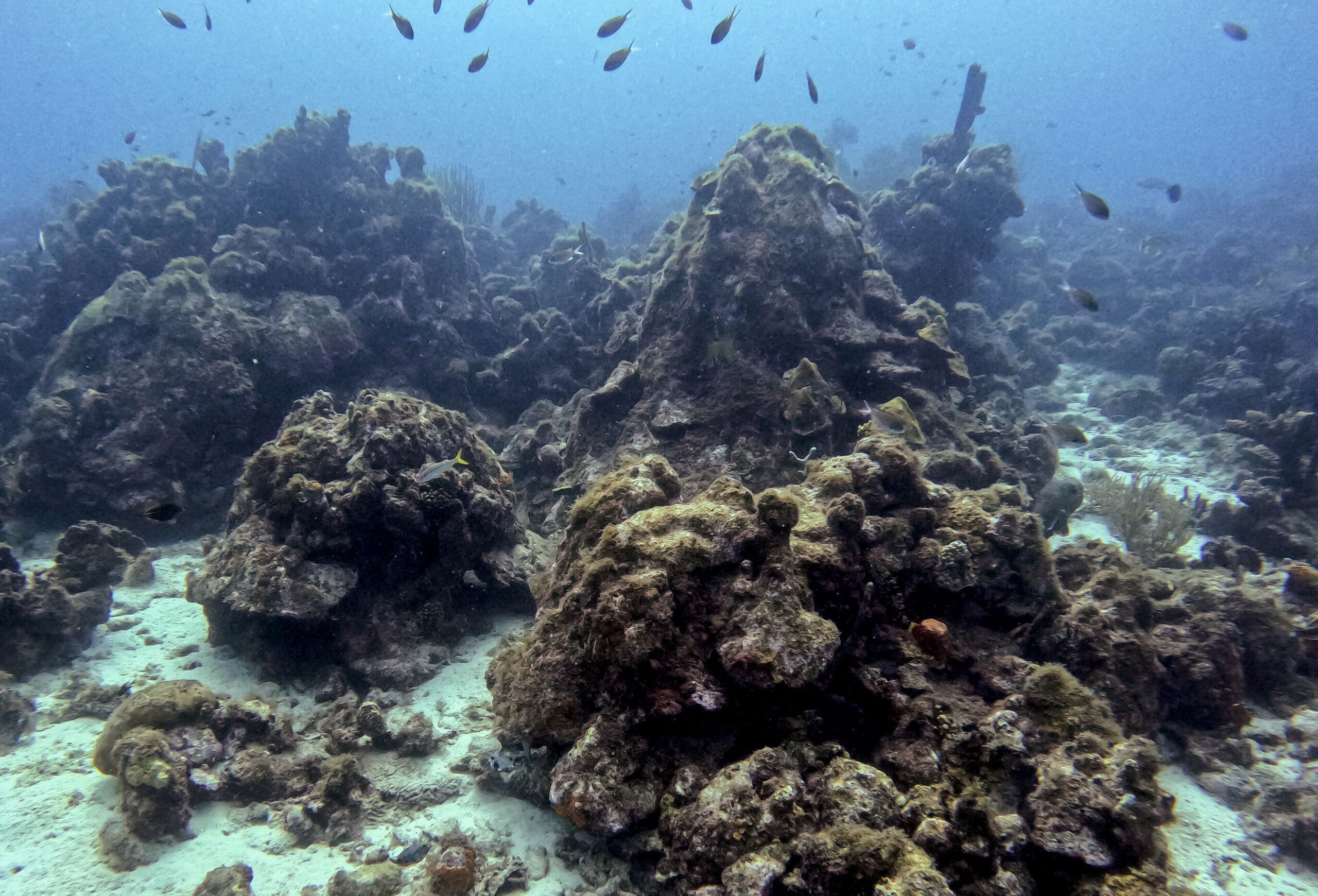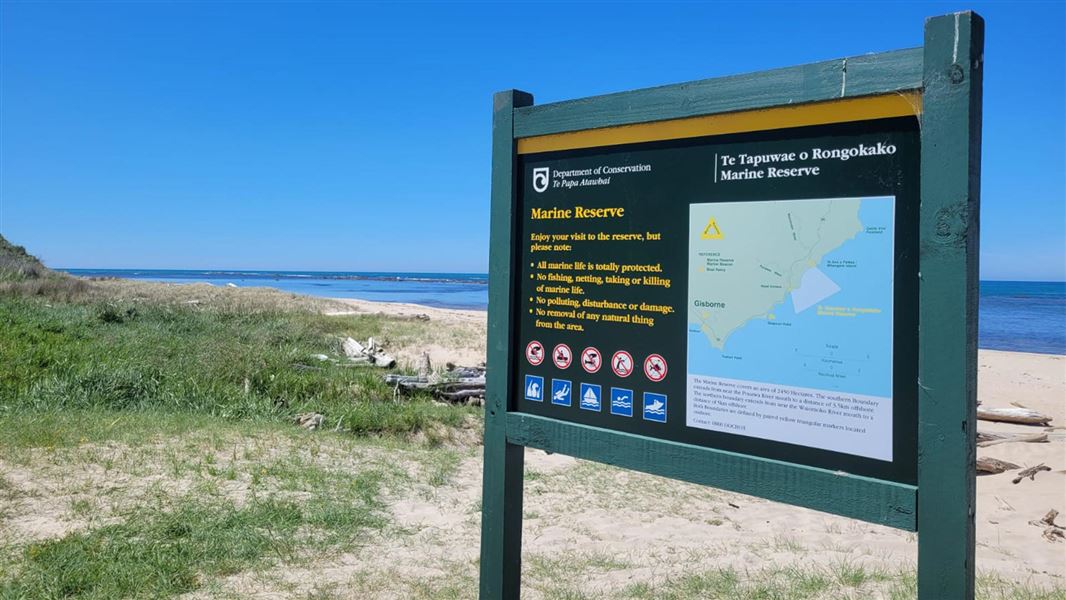Wolves at the coast: marine diets, ecosystem impacts – Rhody Today – The University of Rhode Island

Report on the Ecological Study of Gray Wolf Predation on Marine Life in Alaska
Introduction: Examining Terrestrial-Marine Ecosystem Linkages
A new research initiative is underway to investigate an unexpected predator-prey dynamic on Prince of Wales Island, Alaska, where gray wolves (Canis lupus) have been observed hunting sea otters (Enhydra lutris). This study, led by Patrick Bailey of the University of Rhode Island, examines the behavioral adaptations and ecological consequences of this dietary shift. The research provides critical insights into the interconnectedness of terrestrial and marine ecosystems, directly addressing the objectives of Sustainable Development Goal 14 (Life Below Water) and Sustainable Development Goal 15 (Life on Land) by exploring biodiversity, food web dynamics, and the health of keystone species in both environments.
Research Objectives and Alignment with Sustainable Development Goals
Understanding Ecosystem Dynamics (SDG 14 & SDG 15)
Gray wolves are recognized as apex predators that significantly regulate terrestrial food webs. Their newfound predation on marine mammals suggests a more complex role, bridging land and sea ecosystems. This study aims to clarify this interaction, which is vital for the conservation and sustainable management of biodiversity as outlined in SDG 14 and SDG 15. Key research objectives include:
- Investigating how coastal gray wolves utilize marine resources.
- Documenting the specific hunting behaviors and adaptations wolves employ to capture marine prey.
- Assessing the potential for wolves to regulate aquatic food webs, similar to their role on land.
- Understanding how the recovery of the sea otter population, an achievement under SDG 14, is influencing this predator-prey relationship.
Monitoring Wildlife Health and Environmental Contaminants (SDG 3 & SDG 14)
The consumption of marine life exposes the wolf population to environmental contaminants bioaccumulated in the marine food web. This aspect of the study aligns with SDG 3 (Good Health and Well-being) by monitoring wildlife health as an indicator of broader environmental quality. Research indicates that liver samples from coastal wolves show methylmercury levels up to 278 times greater than their inland counterparts. This raises significant concerns regarding the transfer of toxins from marine ecosystems (a focus of SDG 14) and the potential long-term health consequences for the wolf population, including reproductive and behavioral issues.
Methodological Approach
A multi-faceted approach is being employed to analyze both historical trends and current behaviors.
- Stable-Isotope Analysis: Wolf teeth from museum collections and recent specimens are analyzed to reconstruct historical dietary patterns. Growth rings in the teeth provide a timeline of an individual’s diet, allowing researchers to track the prevalence of marine resource consumption within the population over time.
- Remote Behavioral Observation: High-resolution trail cameras have been installed at the research site to capture detailed footage of wolf-otter interactions. This technology is crucial for documenting the previously unobserved hunting techniques used by wolves in a marine environment. Over 250,000 images are currently under analysis.
Preliminary Findings and Implications for Sustainability
Evidence of a Shifting Predator-Prey Dynamic
The research confirms that wolves are actively preying on sea otters, re-establishing a relationship potentially disrupted when sea otter populations were decimated by the fur trade. This dynamic has significant implications for the ongoing management and recovery of sea otters, a key species for marine ecosystem health under SDG 14. Understanding this interaction is essential for developing holistic conservation strategies that account for both marine and terrestrial pressures.
Collaborative Framework and Future Directions (SDG 17)
This research exemplifies SDG 17 (Partnerships for the Goals) through its collaborative nature. The project relies on a partnership between the University of Rhode Island, the Alaska Department of Fish and Game, and local research technicians. This collaboration ensures the integration of scientific expertise with invaluable local knowledge of the region’s unique ecology. Future research plans include expanding the study to compare the skull morphology of coastal Alaskan wolves with historical specimens from East Coast populations in Canada. Data collection is expected to continue for several years, contributing to a long-term understanding of how ecosystems adapt to changing environmental conditions and species interactions, thereby supporting the global sustainability agenda.
Analysis of Sustainable Development Goals in the Article
1. Which SDGs are addressed or connected to the issues highlighted in the article?
-
SDG 14: Life Below Water
- The article focuses on marine life, specifically sea otters, and their interaction with a terrestrial predator. It discusses the health of the marine ecosystem, the recovery of the sea otter population, and the presence of pollutants like methylmercury in the aquatic food chain. The research aims to understand “connections between water and land food webs” and the potential for wolves to alter “aquatic habitats.”
-
SDG 15: Life on Land
- The research centers on a terrestrial species, the gray wolf, and its “vital ecological role” in regulating food webs. The article examines the wolves’ health, behavior, and adaptations, which are key components of understanding and protecting terrestrial ecosystems and biodiversity. It also touches upon the historical impact on species, noting that sea otters were “decimated” by human activity, linking to the protection of threatened species.
-
SDG 3: Good Health and Well-being
- While primarily focused on human health, the principles of SDG 3 are relevant to the animal health issues discussed. The article highlights a significant health concern caused by pollution, stating that “high levels of methylmercury” in sea otters are moving up the food chain to wolves. This raises “concerns about long-term health effects” for the wolves, as mercury accumulation can cause “reproduction, body condition, and behavioral abnormalities.”
-
SDG 17: Partnerships for the Goals
- The article explicitly details a multi-stakeholder partnership essential for the research. It describes a “collaboration with Alaska Department of Fish and Game biologist Gretchen Roffler and Michael Kampnich, a research technician who is local to the area.” The researcher emphasizes the importance of this partnership, stating, “This project would not be possible without their input and guidance” and highlighting the value of local knowledge.
2. What specific targets under those SDGs can be identified based on the article’s content?
-
Targets under SDG 14 (Life Below Water)
- Target 14.1: By 2025, prevent and significantly reduce marine pollution of all kinds. The article directly addresses this by discussing the presence of “methylmercury, a toxic form of mercury,” within the marine food web, affecting sea otters and, subsequently, wolves.
- Target 14.2: Sustainably manage and protect marine and coastal ecosystems. The research into the predator-prey relationship between wolves and sea otters is fundamental to understanding and managing the coastal ecosystem of Prince of Wales Island to avoid adverse impacts.
- Target 14.5: By 2020, conserve at least 10 per cent of coastal and marine areas. The scientific research described in the article provides critical data needed for the effective conservation and management of this unique coastal habitat and its species.
-
Targets under SDG 15 (Life on Land)
- Target 15.5: Take urgent and significant action to reduce the degradation of natural habitats, halt the loss of biodiversity and, by 2020, protect and prevent the extinction of threatened species. The article focuses on the “ongoing recovery of sea otters,” which are described as a formerly endangered species, and investigates a new ecological pressure on them. It also examines the health and adaptations of the gray wolf population.
-
Targets under SDG 3 (Good Health and Well-being)
- Target 3.9: By 2030, substantially reduce the number of deaths and illnesses from hazardous chemicals and water pollution and contamination. The article applies this principle to wildlife, detailing how mercury contamination in the marine environment leads to potential illness in gray wolves, with mercury levels “up to 278 times greater” than their inland counterparts, causing a “suite of problems.”
-
Targets under SDG 17 (Partnerships for the Goals)
- Target 17.17: Encourage and promote effective public, public-private and civil society partnerships. The project is a clear example of this target in action, involving a partnership between a university researcher (civil society/academia), a state government agency (public), and a local expert (local community).
3. Are there any indicators mentioned or implied in the article that can be used to measure progress towards the identified targets?
-
Indicators for SDG 14 and SDG 3
- Concentration of pollutants in wildlife: The article explicitly mentions measuring “high levels of methylmercury” in sea otters and analyzing “Liver samples from aquatic gray wolves” to determine mercury levels. This serves as a direct indicator for Target 14.1 (marine pollution) and Target 3.9 (illness from contamination).
-
Indicators for SDG 14 and SDG 15
- Status of threatened species: The article refers to the “ongoing recovery of sea otters,” which were previously an “endangered species.” Monitoring the population status of sea otters is an indicator for Target 15.5 (protecting threatened species) and Target 14.2 (health of marine ecosystems).
- Ecosystem health and species interaction: The entire research project, which uses “wolf teeth samples and trail cameras” to analyze dietary shifts and hunting behaviors, acts as a method for monitoring the health and dynamics of the coastal and terrestrial ecosystems, relevant to Targets 14.2 and 15.5.
-
Indicators for SDG 17
- Existence and effectiveness of multi-stakeholder partnerships: The article describes the formation and function of a partnership between the University of Rhode Island, the Alaska Department of Fish and Game, and a local technician. The researcher’s statement that the “project would not be possible without their input” serves as a qualitative indicator of the partnership’s effectiveness, aligning with Target 17.17.
4. Table of SDGs, Targets, and Indicators
| SDGs | Targets | Indicators |
|---|---|---|
| SDG 14: Life Below Water |
|
|
| SDG 15: Life on Land |
|
|
| SDG 3: Good Health and Well-being |
|
|
| SDG 17: Partnerships for the Goals |
|
|
Source: uri.edu
What is Your Reaction?
 Like
0
Like
0
 Dislike
0
Dislike
0
 Love
0
Love
0
 Funny
0
Funny
0
 Angry
0
Angry
0
 Sad
0
Sad
0
 Wow
0
Wow
0














































/environment-climate-change-and-health-(ech)/water-sanitation-hygiene-and-health-(wsh)/landfill-tuvalu-36092.tmb-1200v.jpg?sfvrsn=5c21fe40_1#)



.jpg.webp?itok=0ZsAnae9#)

























